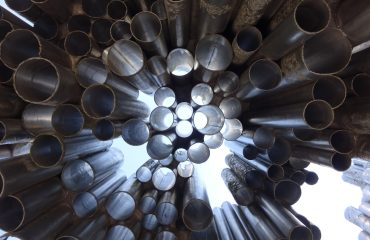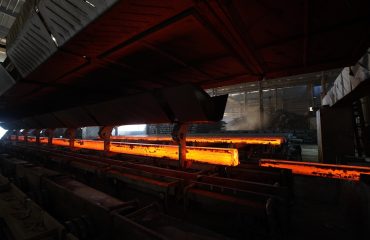Material selection in construction is a critical decision-making process that significantly impacts the project’s success. From structural integrity and longevity to budget constraints and environmental impact, the choices made during this phase have far-reaching consequences. This comprehensive guide delves into the key considerations for selecting the right materials for your construction project.
1. Structural Performance: The Foundation of a Strong Build
The primary function of any construction material is to provide structural support. This involves considering factors like compressive strength, tensile strength, shear strength, and flexural strength. Different materials excel in different areas. Steel, for example, boasts exceptional tensile strength, making it ideal for high-rise buildings and bridges. Concrete, on the other hand, exhibits high compressive strength and is a cornerstone of most building foundations. Timber, while possessing lower strength than steel and concrete, offers excellent flexibility and is frequently used in framing and roofing. The selection process must carefully analyze the specific structural demands of the project to ensure the chosen material can adequately withstand anticipated loads and stresses. This often involves consulting engineering specifications and conducting thorough load calculations.
2. Durability and Longevity: Building for the Long Haul
Beyond immediate structural performance, the durability and longevity of materials are paramount. This requires considering factors like resistance to weathering (exposure to rain, sun, and wind), corrosion (for metals), decay (for timber), and chemical degradation. Materials like brick and stone are renowned for their exceptional durability, often lasting for centuries with minimal maintenance. However, their cost and weight can be significant drawbacks. Alternatively, materials like concrete and steel can be highly durable when properly protected against corrosion through techniques like galvanization or the application of protective coatings. The chosen material’s lifespan directly impacts the overall cost of the project, considering both initial investment and long-term maintenance requirements.
3. Cost-Effectiveness: Balancing Quality and Budget
Cost is a major constraint in any construction project. While selecting high-quality, durable materials is crucial, it’s equally important to find a balance between quality and budget. A detailed cost analysis should be conducted, comparing the initial cost of different materials with their projected lifespan and maintenance costs. This lifecycle cost analysis provides a more accurate picture of the overall financial implications of each material choice. Furthermore, the availability of materials in the local market and transportation costs must be taken into account. Sometimes, a slightly more expensive material might prove more cost-effective in the long run due to reduced maintenance or a longer lifespan.
4. Sustainability and Environmental Impact: Building Green
The environmental impact of construction materials is increasingly becoming a significant consideration. Sustainable construction practices prioritize the use of eco-friendly materials with minimal environmental footprint. This involves considering factors like embodied carbon (the carbon emissions associated with the material’s manufacturing and transportation), recyclability, and the material’s potential for reuse. Materials like timber from sustainably managed forests, recycled steel, and recycled concrete offer environmentally friendly alternatives to traditional materials. Furthermore, the selection process should consider the material’s potential for energy efficiency, contributing to the overall sustainability of the building.
5. Aesthetic Considerations: Form and Function in Harmony
Beyond structural and functional aspects, the aesthetic appeal of building materials plays a crucial role in the overall design and appearance of a structure. The chosen materials should complement the architectural style and the surrounding environment. Factors like color, texture, and finish contribute to the building’s visual impact. While functionality remains paramount, the aesthetic choices should not be overlooked, as they significantly impact the building’s curb appeal and its ability to blend harmoniously with its surroundings. This requires careful consideration of the building’s context and the desired aesthetic outcome.
In conclusion, material selection in construction is a complex process that demands careful consideration of multiple interconnected factors. By thoroughly evaluating structural performance, durability, cost-effectiveness, sustainability, and aesthetic considerations, construction professionals can make informed decisions that lead to successful and sustainable building projects.
Tags: material selection, construction materials, building materials, sustainable construction, cost-effective construction




